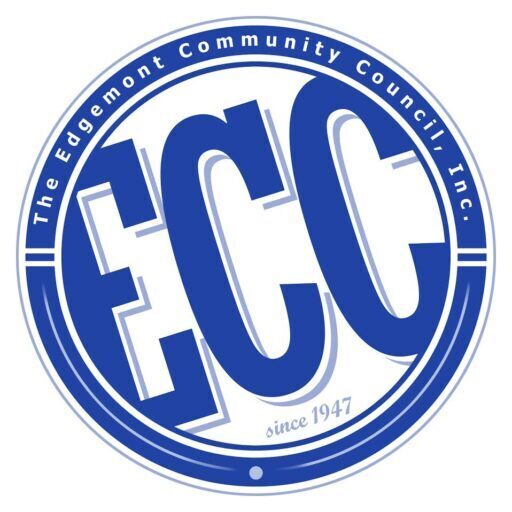 The Town of Greenburgh’s website fails to provide taxpayers with basic easy-to-find information, according to Empire Center, an Albany-based non-profit think tank which last fall issued a report card grading the websites of the state’s largest towns.
The Town of Greenburgh’s website fails to provide taxpayers with basic easy-to-find information, according to Empire Center, an Albany-based non-profit think tank which last fall issued a report card grading the websites of the state’s largest towns.
The Town’s website, which is the responsibility of Town Clerk Judith Beville, and has not been updated in years, received a formal grade of “F.” Although every town in the report was given notice of the report and an opportunity to comment before it was issued, the Town never disclosed that it had receive failing marks.
However, a resident saw the report when it was issued and wrote to Town Supervisor Paul Feiner in late October asking whether Ms. Beville had “made any recommendations” for improving the website. Mr. Feiner told the resident, “We’re working on upgrading the website. I am also sending a letter to the organization that came up with this report — asking for a meeting,” adding, “I do agree that it’s difficult to navigate the website (especially for those who aren’t familiar with town government) and we need to take action steps to make it easier for people to find things they are looking for.”
In the five months since Mr. Feiner sent that email, no “upgrades” or other “action steps” were made or taken.
Empire Center gave the Town its poorest grades for providing public information on freedom of information law requests, contracts (including posting of collective bargaining agreements), taxes and fees, expenditures, facilities and services, and ease of navigation.
The Town’s highest marks were for publishing notices of public meetings, which it is required to do by state law, and budgets. Greenburgh actually received bonus points for live-streaming its public meetings, but still received failing marks overall.
The Empire Center evaluated the websites of all of New York’s 62 cities, the 57 counties outside of New York City and the state’s most populous 103 towns, 98 villages, and 180 school district by assigning a range of point values based on a 10-point transparency checklist. The approach was adapted from one developed by the Illinois Policy Institute, in consultation with national transparency advocacy groups.
Websites were reviewed between July and September of 2014. Initial scores and grades were shared with the governing head and information access officer of each entity providing email address on their websites. These officials were given seven days to respond with comments or objections. A small number of revisions were made to reflect some of those comments.
To evaluate each website, the Center started from the government entity’s homepage and continued on to all pages linked from the homepage. Points were subtracted when basic information was not available without using a search function, or required several clicks to reach.

